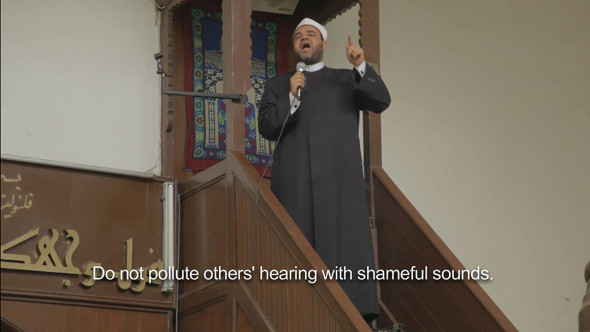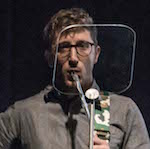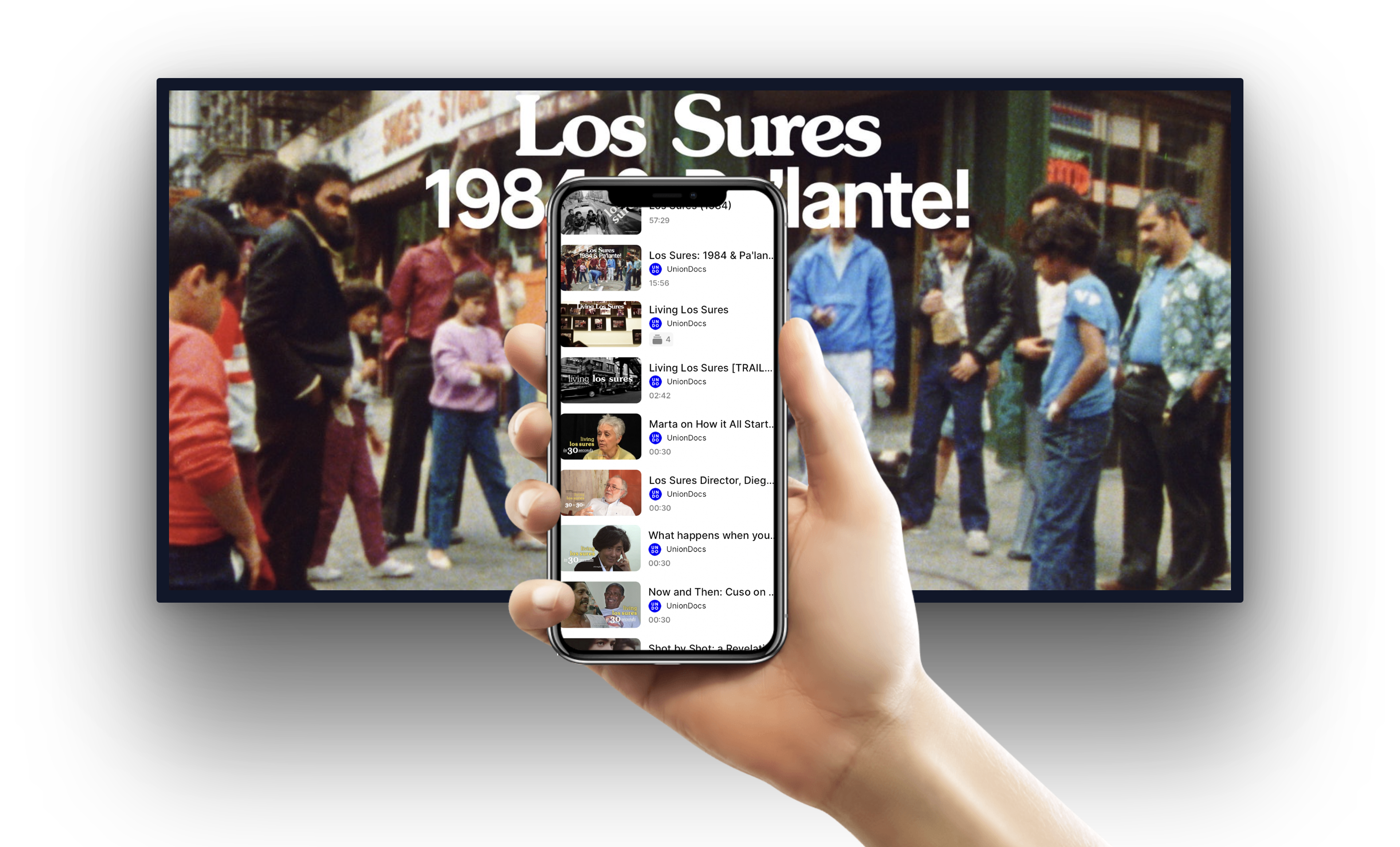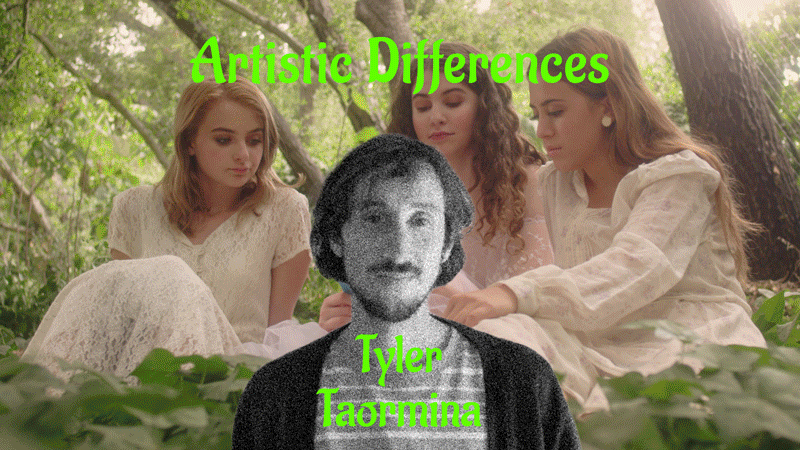
Since 2010 Lawrence Abu Hamdan has been dedicated to understanding the role of voice in law and the changing nature of testimony in the face of new regimes of border control, algorithmic technologies, medical sciences, and modes of surveillance. His projects have taken the form of audiovisual installations, performances, graphic works, photography, Islamicsermons, cassette tape compositions, texts, forensic audio analysis, advocacy, expert testimony and even potato
About
 Lawrence Abu Hamdan is an artist, “private ear,” and currently a fellow at the Vera List Center for Art and Politics at the New School, NYC. The artist’s forensic audio investigations are conducted as part of his research for Forensic Architecture at Goldsmiths, College University of London, where he is also a PhD candidate. His solo exhibitions include, Earshot at Portikus Frankfurt (2016); (Taqiyya) at Kunsthalle St Gallen (2015); Tape Echo (2013/14) at in Beirut in, Cairo, and at Van AbbeMuseum, Eindhoven; The Freedom Of Speech Itself (2012) at The Showroom, London; and The Whole Truth (2012) at Casco, Utrecht. Additionally his works have been exhibited and performed at The New Museum Triennial (2015), The Shanghai Biennial (2014), and at the The Whitechapel Gallery, the MACBA Barcelona, Tate Modern London, Museu d’Art Contemporani de Barcelona (MACBA), and the Museum of Modern Art Antwerp (MuHKA) Antwerp.
Lawrence Abu Hamdan is an artist, “private ear,” and currently a fellow at the Vera List Center for Art and Politics at the New School, NYC. The artist’s forensic audio investigations are conducted as part of his research for Forensic Architecture at Goldsmiths, College University of London, where he is also a PhD candidate. His solo exhibitions include, Earshot at Portikus Frankfurt (2016); (Taqiyya) at Kunsthalle St Gallen (2015); Tape Echo (2013/14) at in Beirut in, Cairo, and at Van AbbeMuseum, Eindhoven; The Freedom Of Speech Itself (2012) at The Showroom, London; and The Whole Truth (2012) at Casco, Utrecht. Additionally his works have been exhibited and performed at The New Museum Triennial (2015), The Shanghai Biennial (2014), and at the The Whitechapel Gallery, the MACBA Barcelona, Tate Modern London, Museu d’Art Contemporani de Barcelona (MACBA), and the Museum of Modern Art Antwerp (MuHKA) Antwerp.

Mathilde Walker-Billaud trained and worked as an art editor in Paris. She was a Program Officer for the Book Office at the French Embassy and for Villa Gillet in the USA. She is now an independent curator and cultural producer based in New York City.
What You Get Is What You See: A Series On Spectatorship
In What You Get Is What You See, Mathilde Walker-Billaud invites artists and writers to show us how to become more active, more engaged–and perhaps better–spectators. The speakers share their experiences and personal observations as viewers, readers, watchers, listeners and audience members of visual and performance arts, graphic design, radio, TV and cinema. Through their trained gaze and skilled sensitivity, they disturb and displace our perception of contemporary culture and expose spectatorship as an everyday dynamic act.






